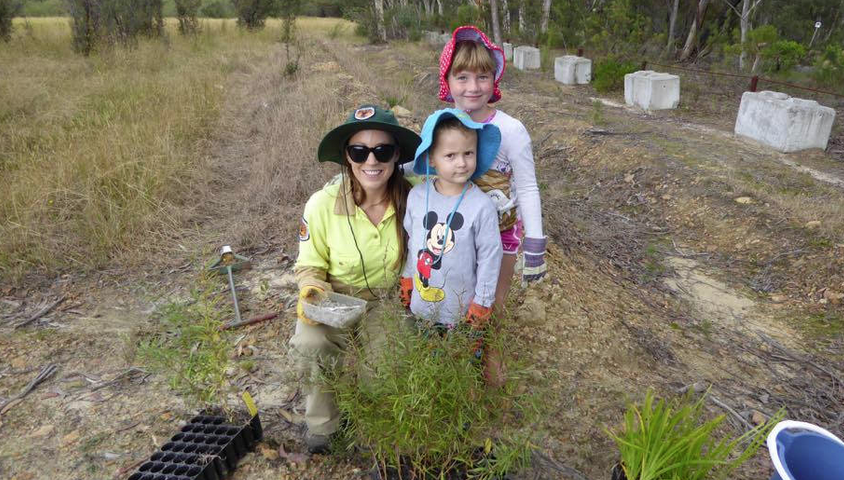National Parks and Wildlife Service (NPWS) staff have joined forces with local volunteers to plant 950 seedlings at a rehabilitation site in Dharwal National Park.
Dharawal NP is regarded as being significant in terms of its biodiversity (it’s also home to southern Sydney’s largest koala population) and its significance to traditional owners, the Dharawal Aboriginal people. But one particular area has been in poor shape for some time.
What’s known as the Old Archers site was used for many years as agricultural land, before being turned over to an archery club some 30 years ago. Now, the NPWS, locals and traditional owners are keen to see it returned to a more natural state.
Last weekend, on April 11 and 12, 29 volunteers assisted in planting a variety of native seedlings in the third such planting in the past year.
NPWS regional manager Diane Garrood said the seedlings were sourced from “local seed stock” that “will help to restore this degraded part of the park”.
“In addition, Koori Discovery Rangers shared traditional knowledge about local food sources and medicines,” she said. “They introduced the vounteers to edible bush currants, insect repellents, banksia hair brushes and snake whistles. Volunteers learnt to wash their hands using soap suds made from local wattle leaves.”
The plantings, which have been funded by the Greater Sydney Local Land Service, now total as many as 5,000 seedlings of species including Acacia myrtifolia, Leptospermum polygalifolium and Lomandra longifolia.
Among the volunteers, three generations of the Durman family attended planting. For proud grandmother Pat Durman, the weekends spent in the bush are of particular benefit to the young children.
“While this area contains some fantastic bush areas, we don’t have any environmental education facilities in the area anymore, so this has been an excellent opportunity for the kids,” she told Wild.
“Even better, if just half of our planted seedlings take hold, the children will be able to return in 20 years time and see the results of their hard work.”
The Dharawal region is particularly biodiverse as a result of its pristine upland swamps, making it one of the most significant national parks in the Sydney Basin.



